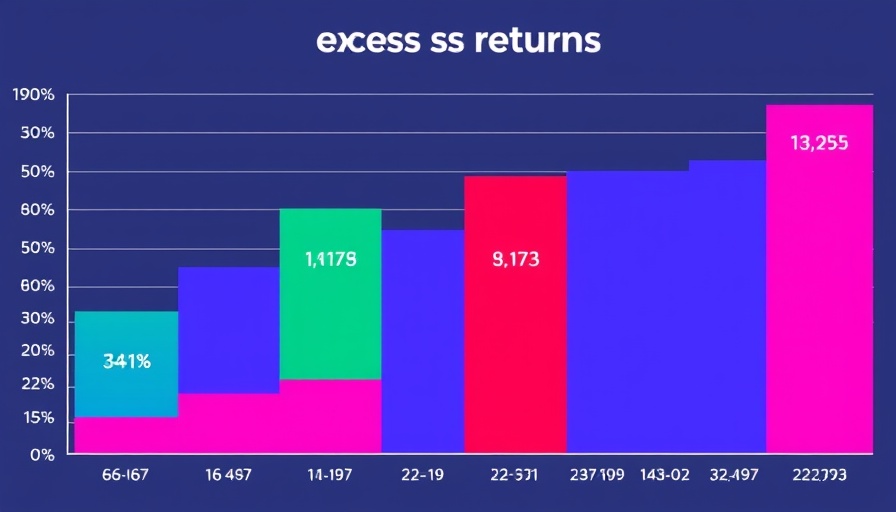
Understanding Bear Markets: What You Need to Know
Bear markets can feel unnerving for investors, especially when market declines lead to questions about the future. A thorough exploration of historical data reveals that maintaining a long-term perspective is crucial for weathering these volatile periods. From 1950 onward, data shows distinct differences between recessionary and non-recessionary bear markets, both in terms of their severity and recovery trajectories.
The Impact of Recessions on Market Performance
Recessionary bear markets often exhibit more severe characteristics, with a median drawdown of -35%, compared to only -22% in non-recessionary situations. These downturns last significantly longer, averaging 18 months versus 3 months for non-recessionary bears. These insights encourage investors to recognize that downturns are often temporary and that market sentiment can improve with positive economic indicators.
Investment Styles Amidst Market Turbulence
Moreover, the investment style one chooses can greatly influence performance during these periods. Historically, Low Volatility and Dividend-based investment styles have proven to be the most sturdy in downturns, regardless of underlying economic conditions. Conversely, recovery phases following recession-triggered bear markets tend to favor Quality and Growth stocks, illustrating the importance of strategic investment planning during tumultuous times.
Valuation and Bear Market Severity
Interestingly, valuations often inform the severity of market declines. Using the CAPE ratio as a measurement tool, research indicates that high valuations correlate with deeper market downturns. Markedly, during economic slowdowns, trailing 12-month earnings can fluctuate, distorting the picture of market valuations. For investors, being aware of these metrics can offer critical insights into timing market entries and exits.
A Balanced Perspective for Long-term Success
Ultimately, investors would do well to consider this historical context when navigating bear markets. Understanding the nuances between recessionary and non-recessionary markets can instill confidence and aid in long-term investment strategies. As daunting as bear markets may appear, the data suggests that a composed and informed approach can lead to success even in times of economic uncertainty.
 Add Row
Add Row  Add
Add 




Write A Comment